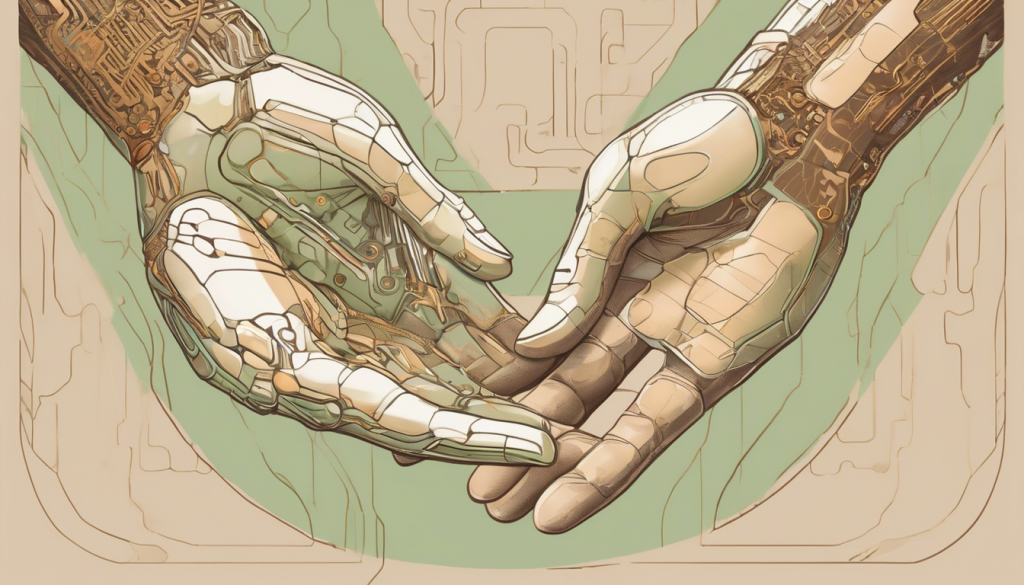
The Human-AI Partnership: Finding the Sweet Spot in Critical Decision-Making
The AI revolution in decision-making is accelerating at breakneck speed. According to McKinsey, 78% of organizations now use AI in at least one business function, up from 55% just a year ago. This surge is particularly evident in sectors where decisions can have profound consequences.
But here's the reality check: only 19% of AI use cases fully deliver on their business objectives. The most successful implementations involve human-AI collaboration rather than complete automation.
The most effective approach to AI decision-making in critical industries is a balanced partnership between human judgment and AI efficiency.
While AI can process vast amounts of data and identify patterns beyond human capability, human oversight ensures ethical considerations, contextual understanding, and accountability. This balance is crucial in healthcare, where AI enhances diagnostic accuracy but shouldn't replace the human touch in patient care.
Take the National Institute on Drug Abuse's recent success story: an AI-driven screening tool for opioid use disorder identified at-risk hospitalized adults and recommended specialist referrals. Patients with AI screening had 47% lower readmission rates, translating to nearly $109,000 in healthcare savings.
As AI becomes more integrated into critical decisions, professionals must develop complementary skills that AI cannot easily replicate: creativity, empathy, ethical judgment, and complex problem-solving.
The future belongs to organizations that strike the right balance between leveraging AI's capabilities and preserving human judgment in critical decisions.
How is your industry navigating the balance between AI efficiency and human oversight in decision-making?
Read Oliver's full deep dive here: The Human Element in AI Decision-Making
If you found this insight valuable, please share it with colleagues navigating the AI revolution.


